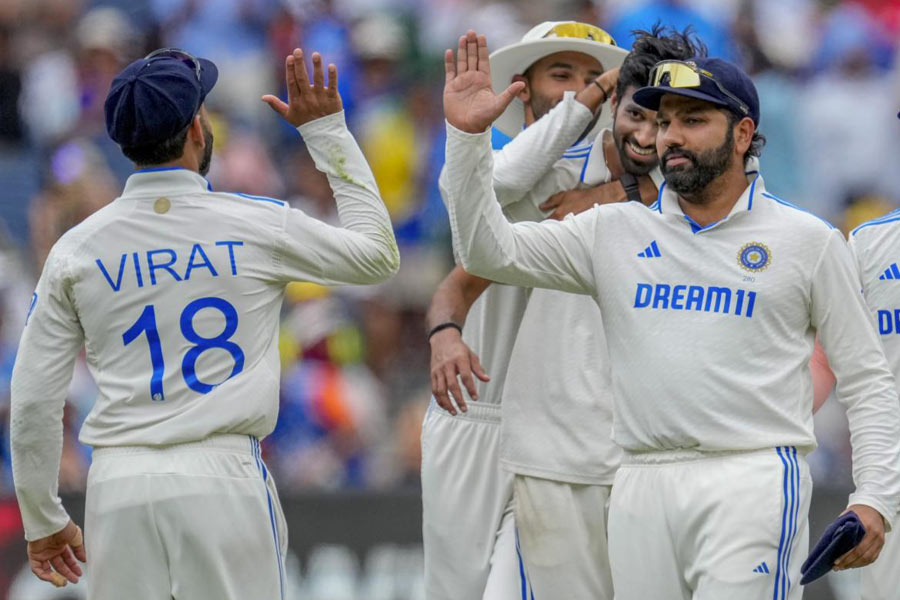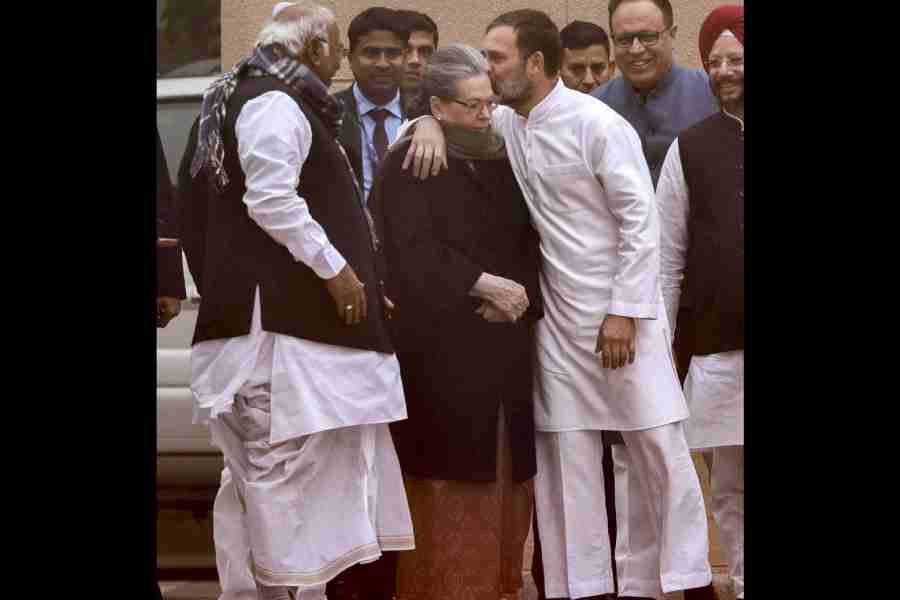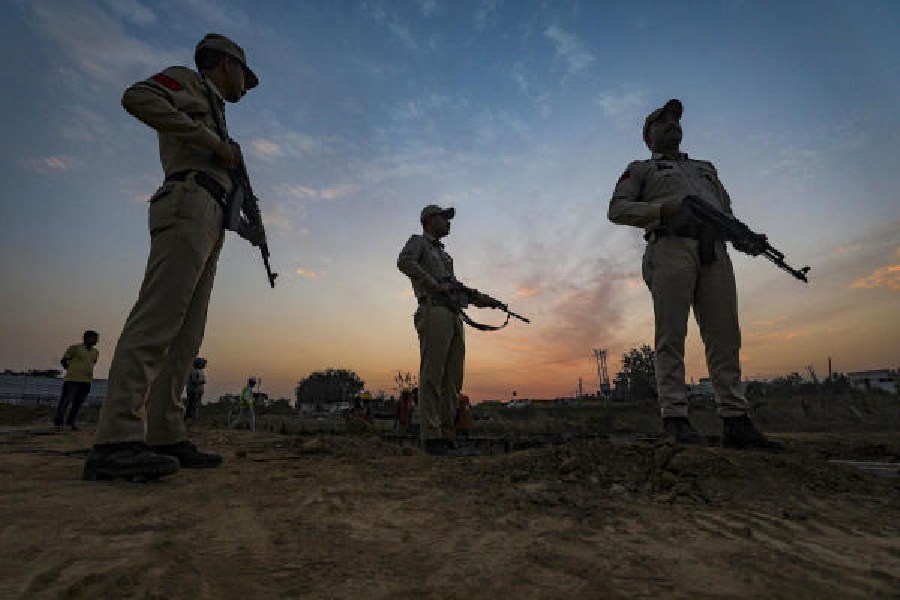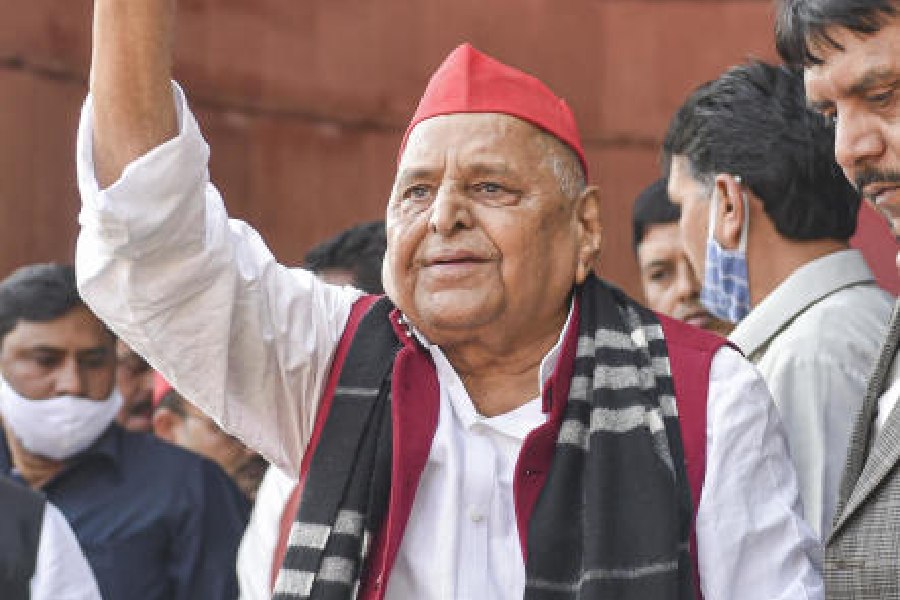That India’s performance in Test cricket has not been up to the mark recently cannot be doubted. New Zealand humbled India in India; then India were down and out Down Under, losing their grip not only on the Border-Gavaskar trophy but also the assurance of a spot in the final of the International Cricket Council’s Test championship. A post-mortem was thus very much on the cards. One of the suggestions that was apparently aired in the meeting featuring, among others, the Indian Test captain, the head coach and chairman of the selection committee to review the team’s showing was the concept of a pay structure that corresponds to performance. In other words, the pay package of cricketers would be linked, as is the practice in the corporate world, to their performance on the field. The thinking is that such a policy would yield better accountability from cricketers and keep them, especially the ones who seem to think that their places are cemented in the side, on their toes. Merit entails the idea of rewarding performance. Such a proposal thus makes sense in theory. But the implementation of this template can be tricky in cricket where numbers often do not tell the whole story. For instance, should a Test-saving knock of, say, 40 runs on a difficult pitch by a batsman be accorded a lower grade than a century by another player on a tepid surface? Is a three-wicket haul, including the scalps of prized batsmen from the opposition, any less important than a fiver by another bowler? Assessments in cricket, especially those in the longest format of the game, can be puzzling affairs. So the institution of a pay structure that is commensurate with performance cannot be mechanical: it needs to be nuanced.
There is also a need to go beyond tinkering with payment structures or mulling new rules regarding the presence of cricketers’ wives and partners on tour. Tough questions need to be asked of the squad. The series against New Zealand and Australia revealed that glaring technical flaws have crept into the batting of some of India’s prominent batsmen. Their skills against genuine pace and even spin were also brought to question repeatedly. The mindset and the application of some players — Rishabh Pant’s prioritisation of adventurism over defensive capabilities is one example — merit scrutiny as well. An appraisal of the entire arsenal of Test cricketers — skills, mental aptitude, commitment, hunger — young and old, is in order if India is to regain its status as a formidable force in Test cricket.










